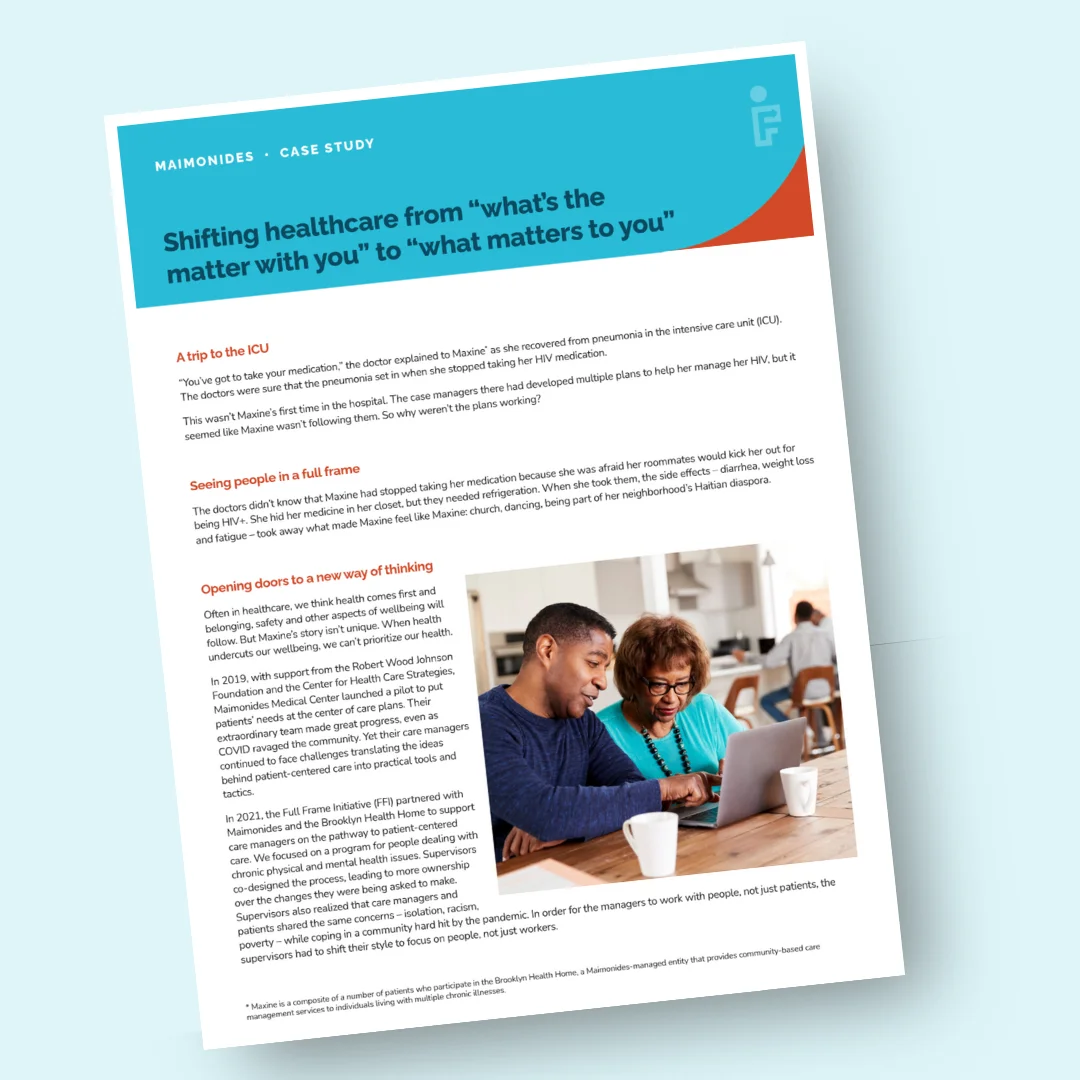
Learn how we partnered with Maimonides Medical Center and the Brooklyn Health Home to support care managers on the pathway to patient-centered care.
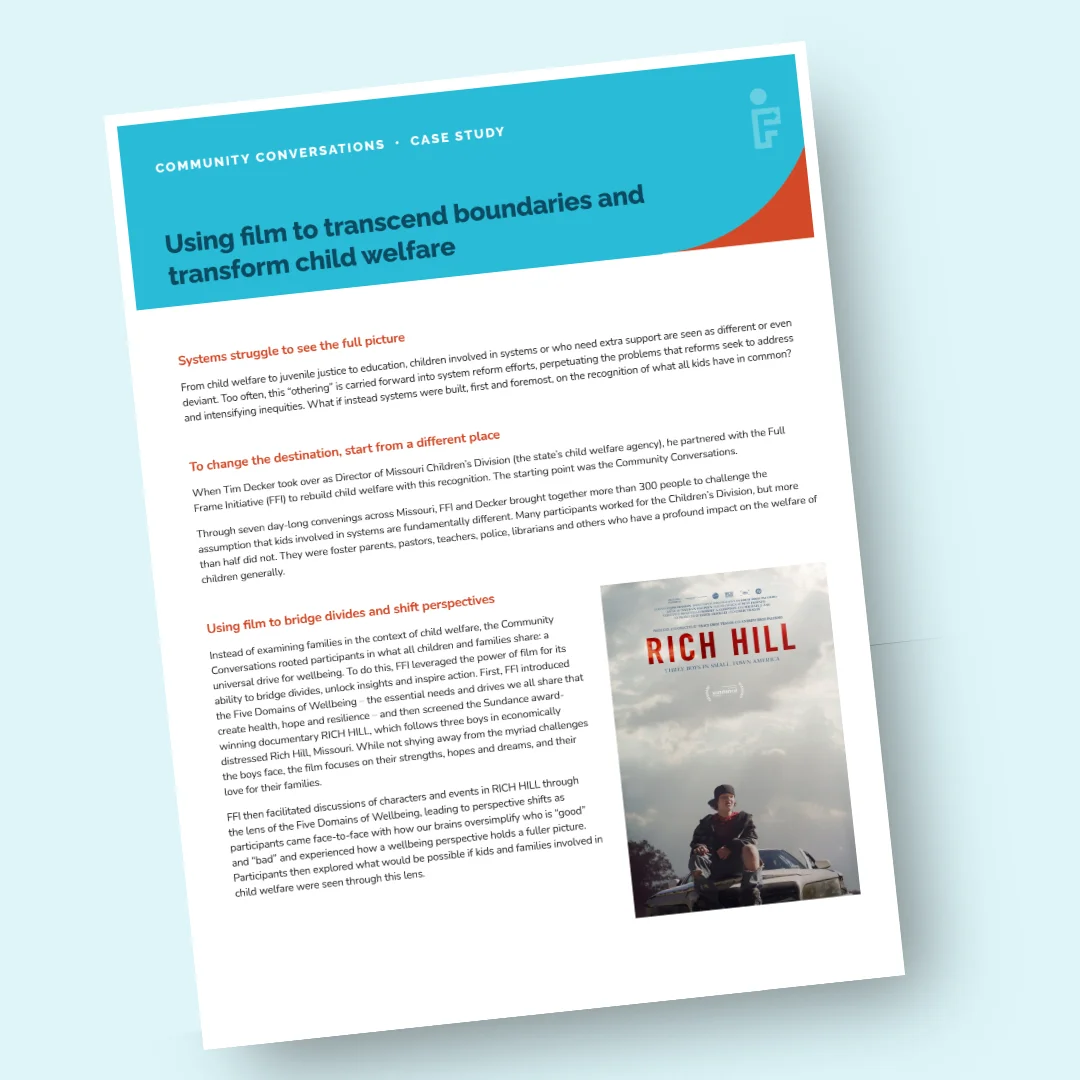
Learn how FFI partnered with the Missouri Children's Division state agency to take a paradigm-shifting approach to systems change.
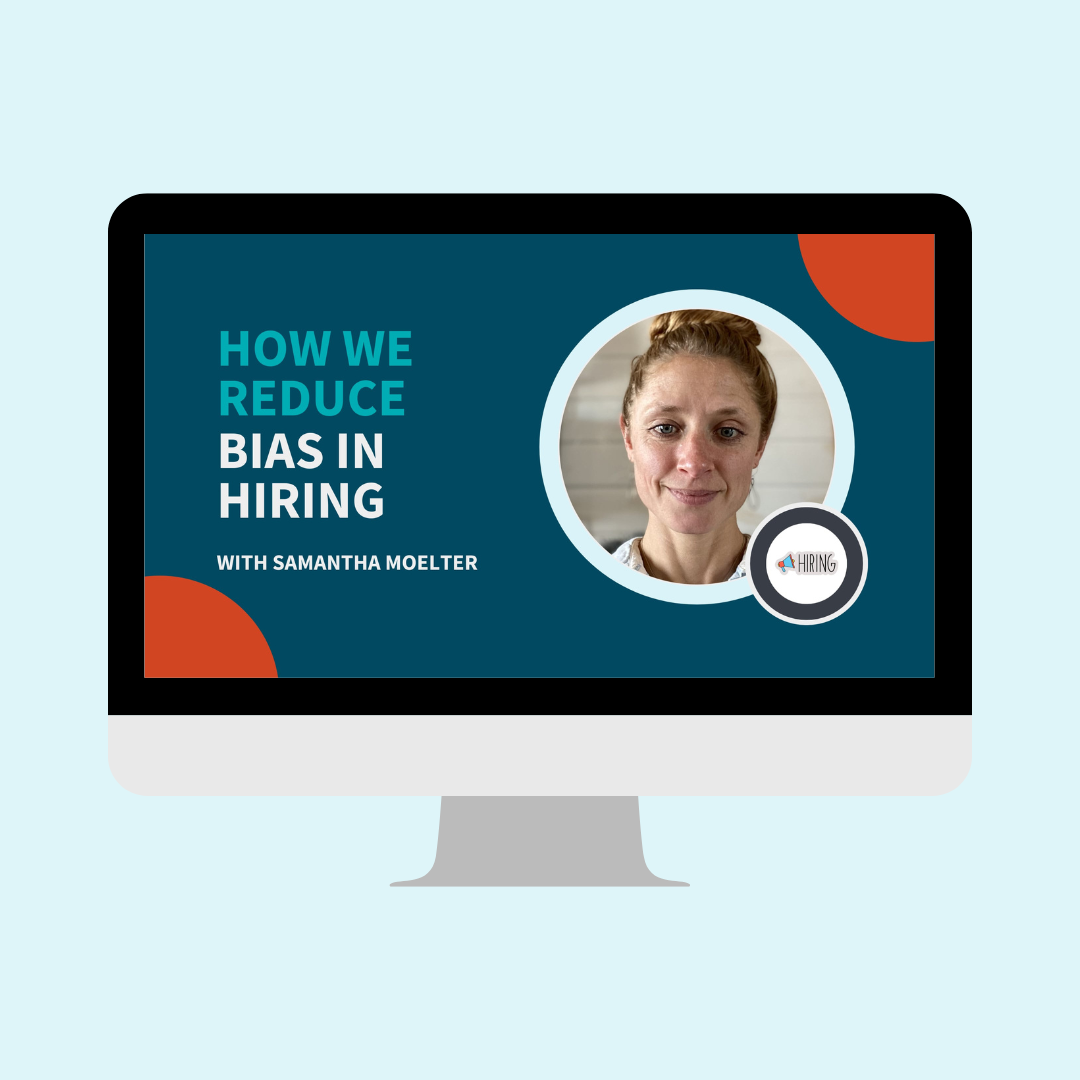
This video explores how FFI redesigned its hiring process to reduce bias and align with equity values, with insights from Applied.
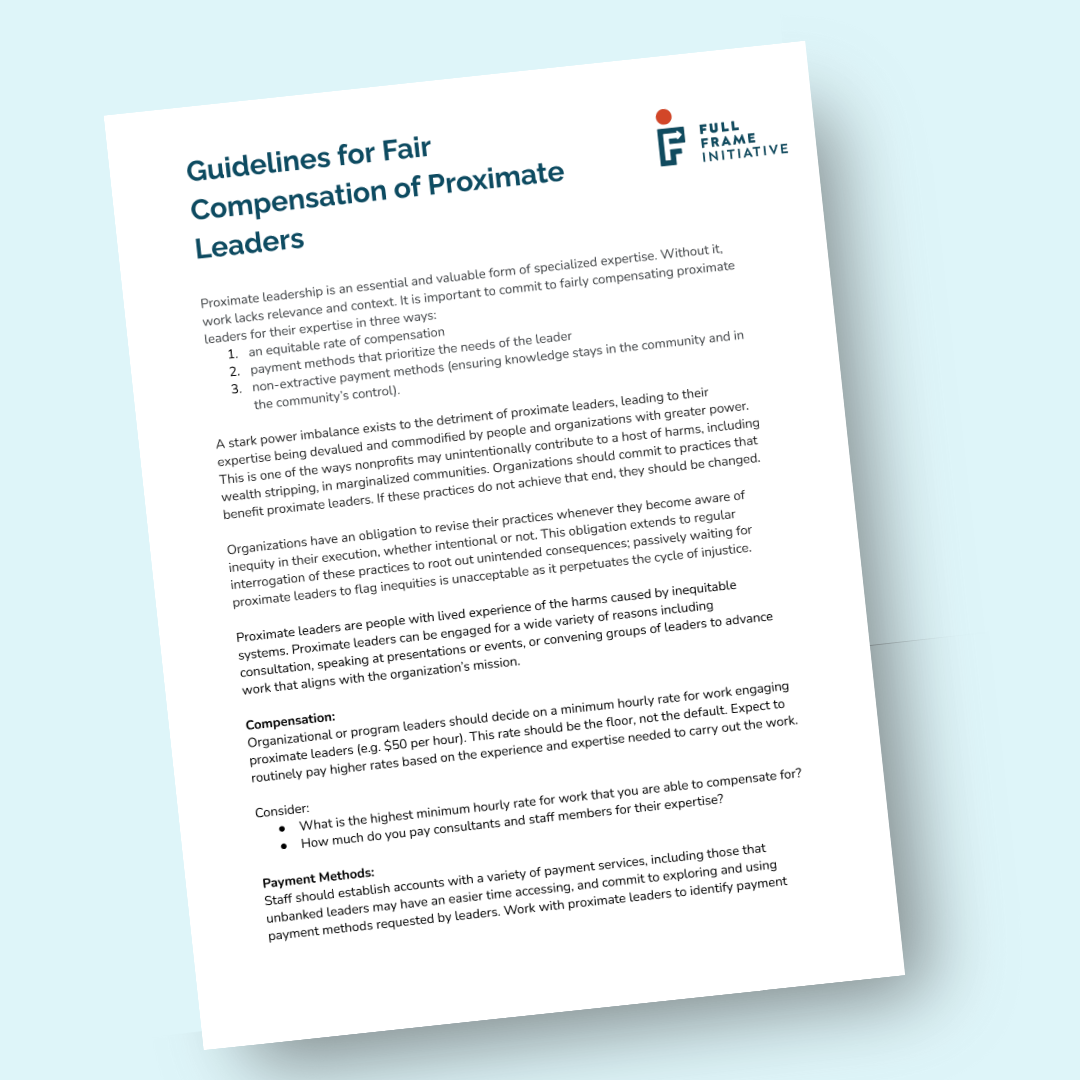
These documents contain questions to consider when determining compensation aligned with the Community Bill of Rights.
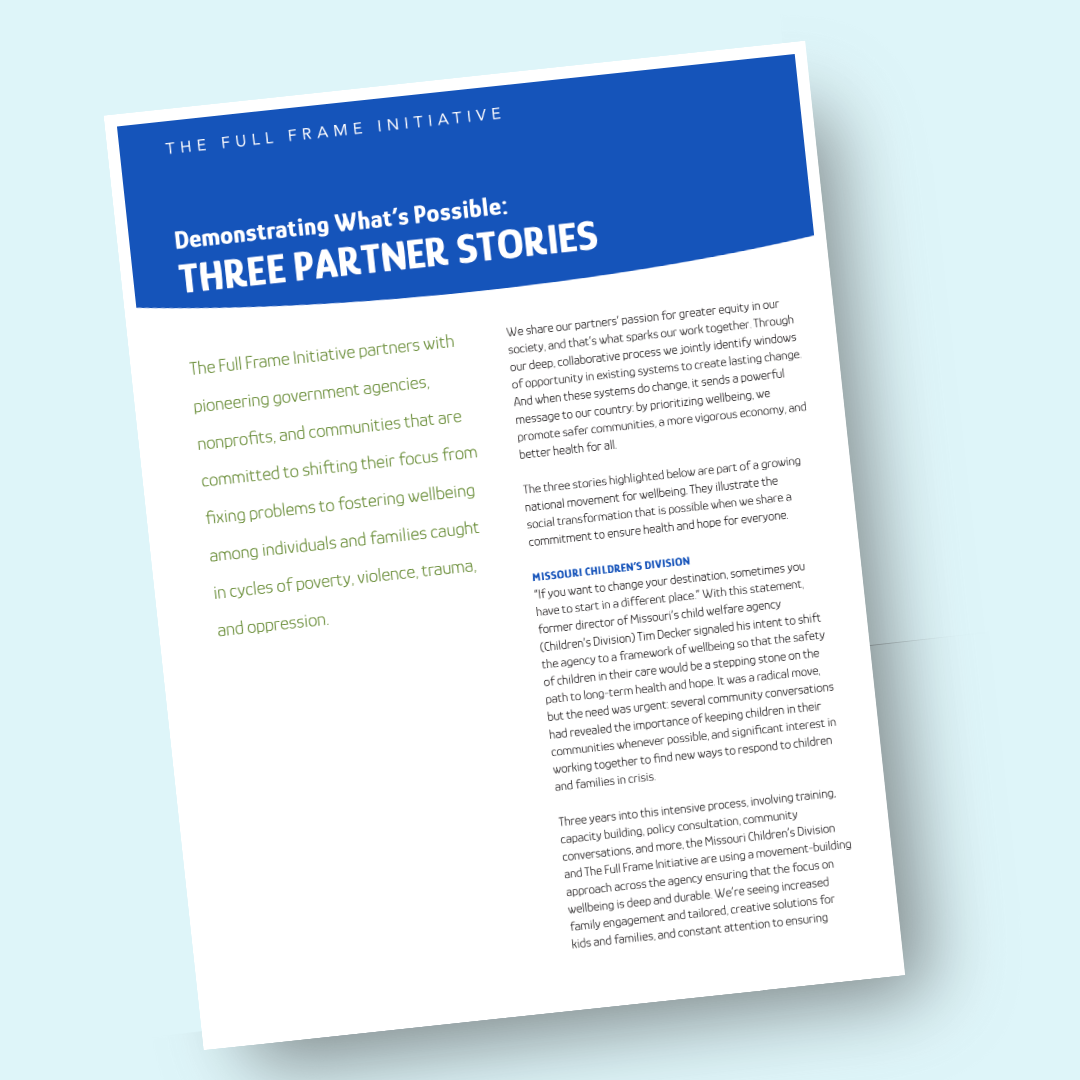
This document highlights examples of systems change efforts shaped by FFI’s partnerships with Missouri Children's Division, St. Louis County Family Court, and Massachusetts agency leaders using a wellbeing lens.
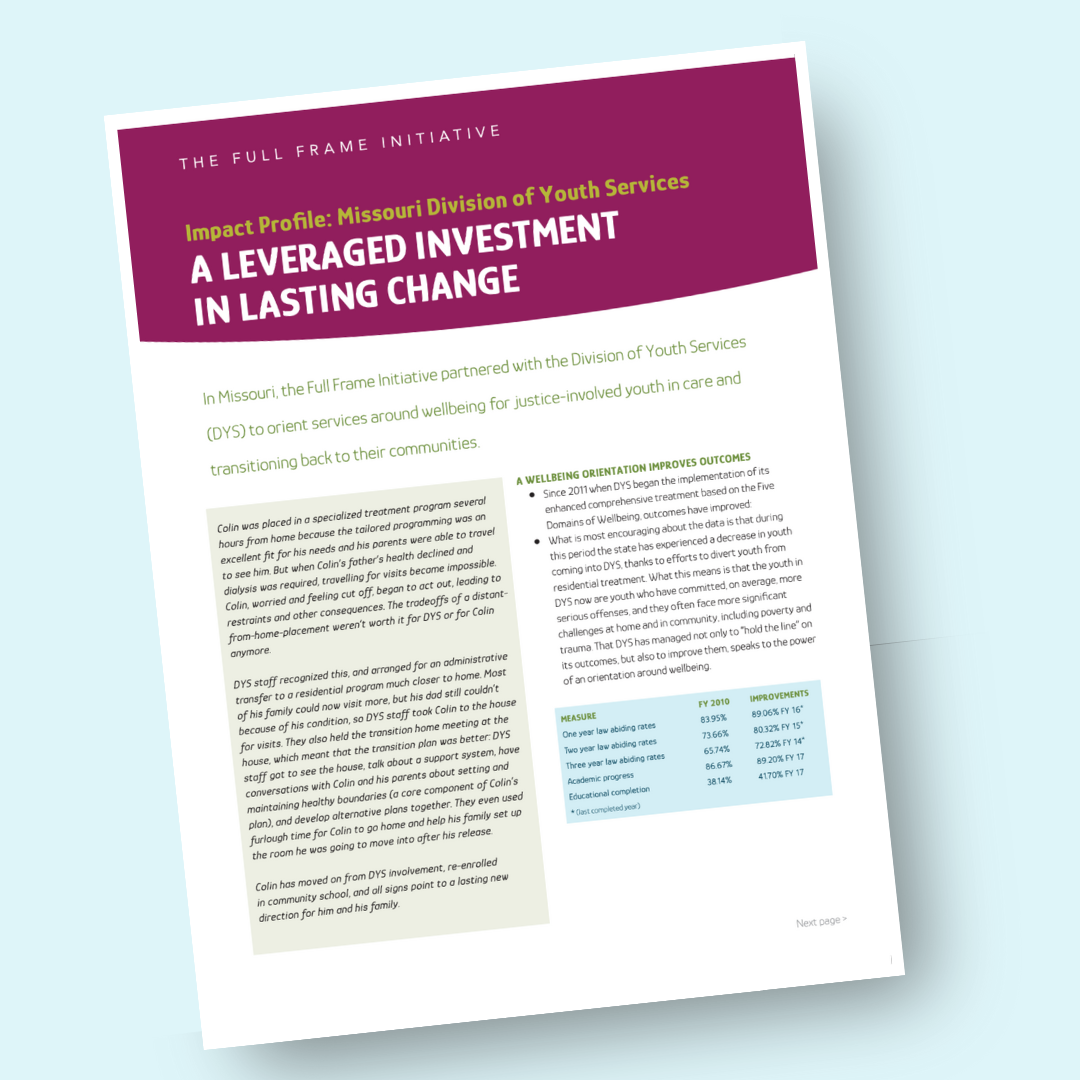
Learn how FFI partnered with the Missouri Division of Youth Services (DYS) to orient services around wellbeing for justice-involved youth in care and transitioning back to their communities.
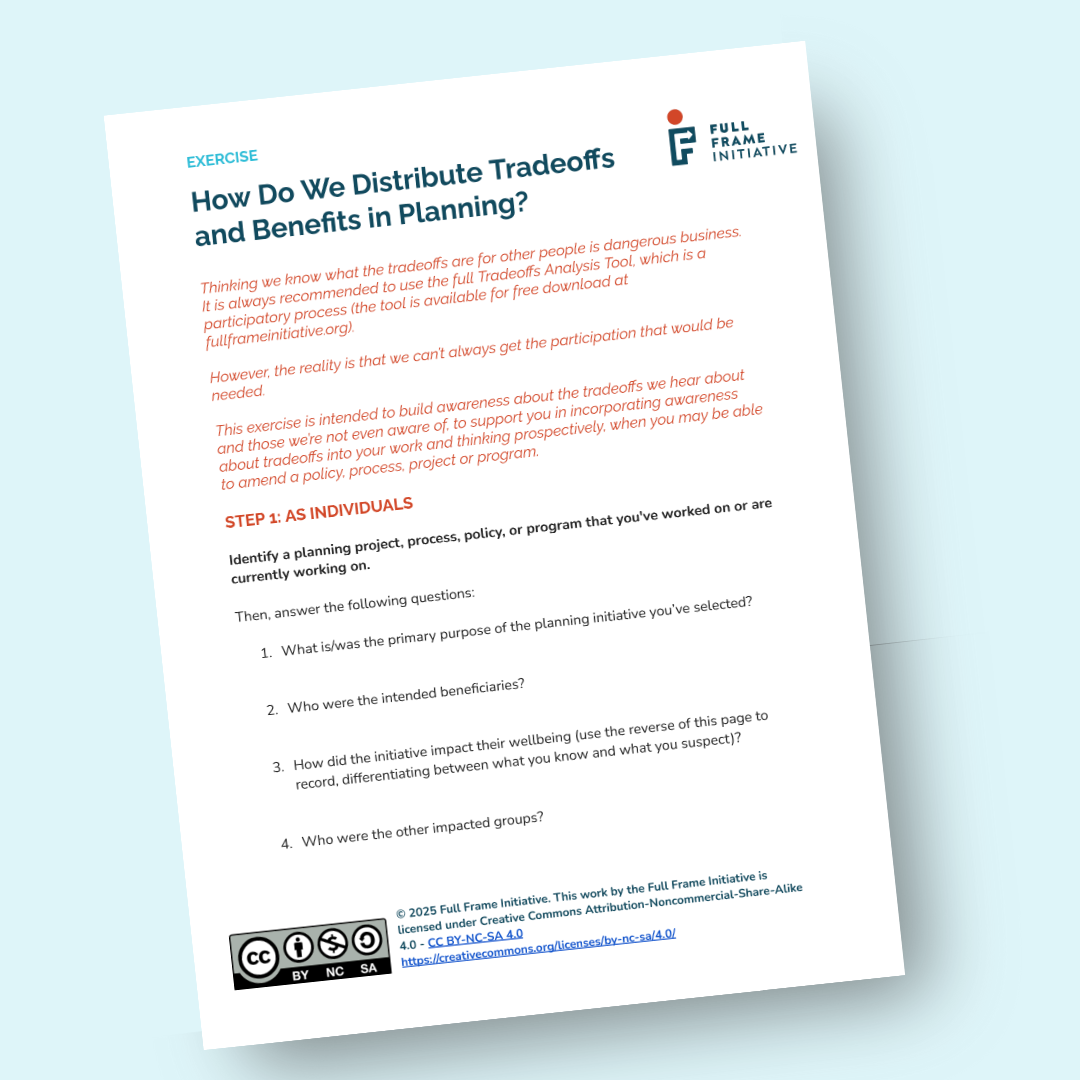
This exercise helps planners and those working in the built environment examine a project under way and consider the tradeoffs to better support individual and community wellbeing.
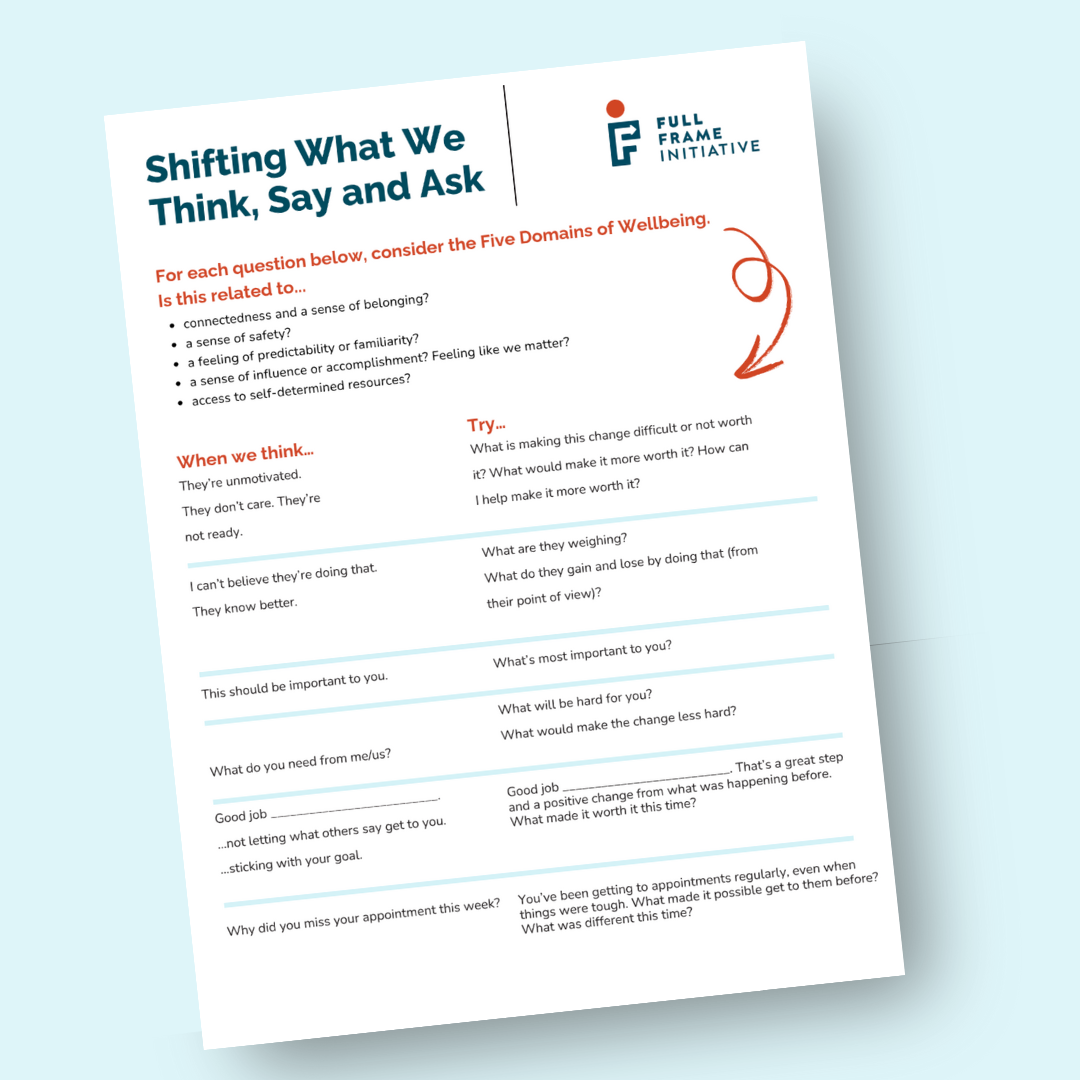
A worksheet to help you shift your thinking about common situations and ask better questions.
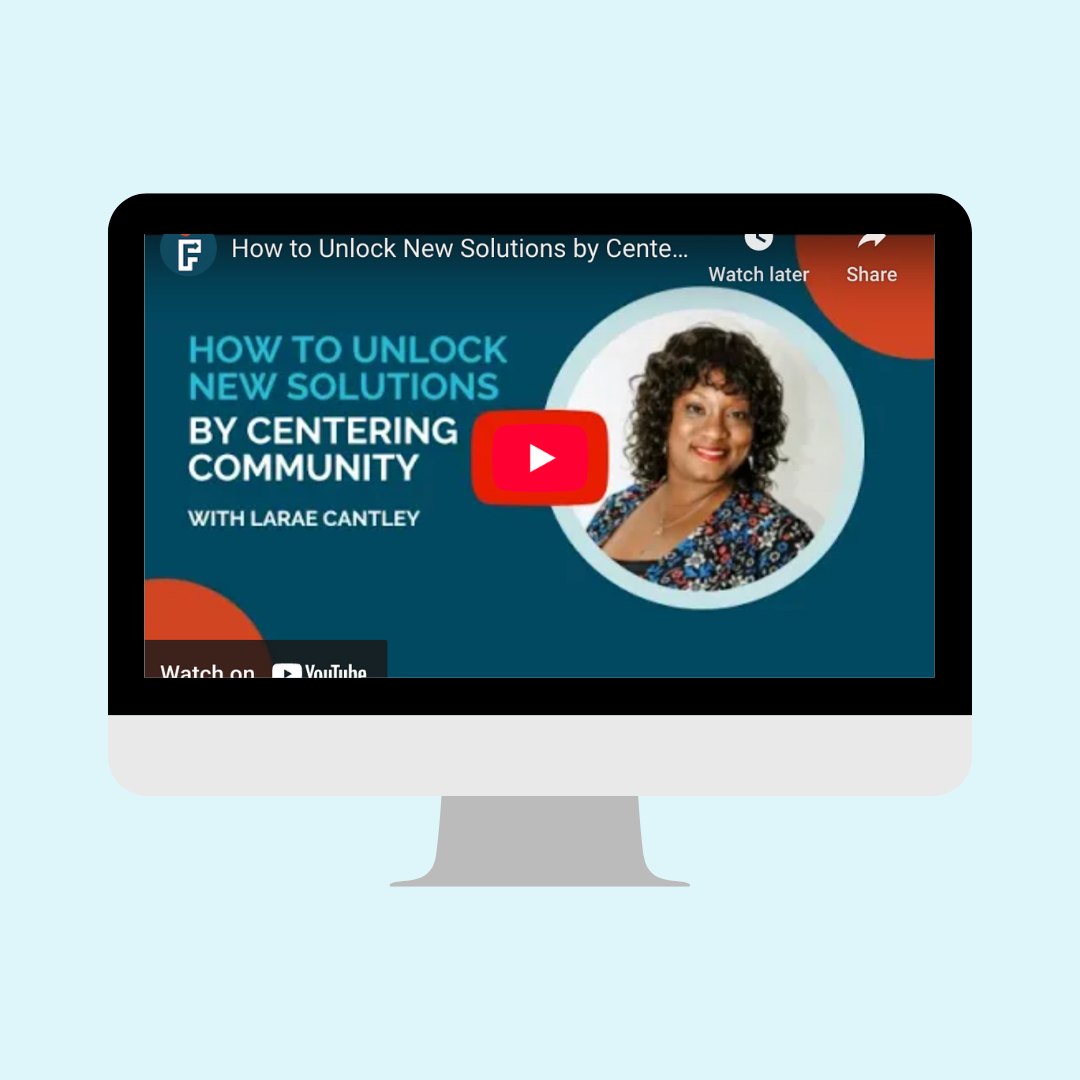
Traditional community engagement tools like surveys and focus groups can unintentionally harm communities. It's time to shift from community engagement to centering community. Watch our video to learn how.
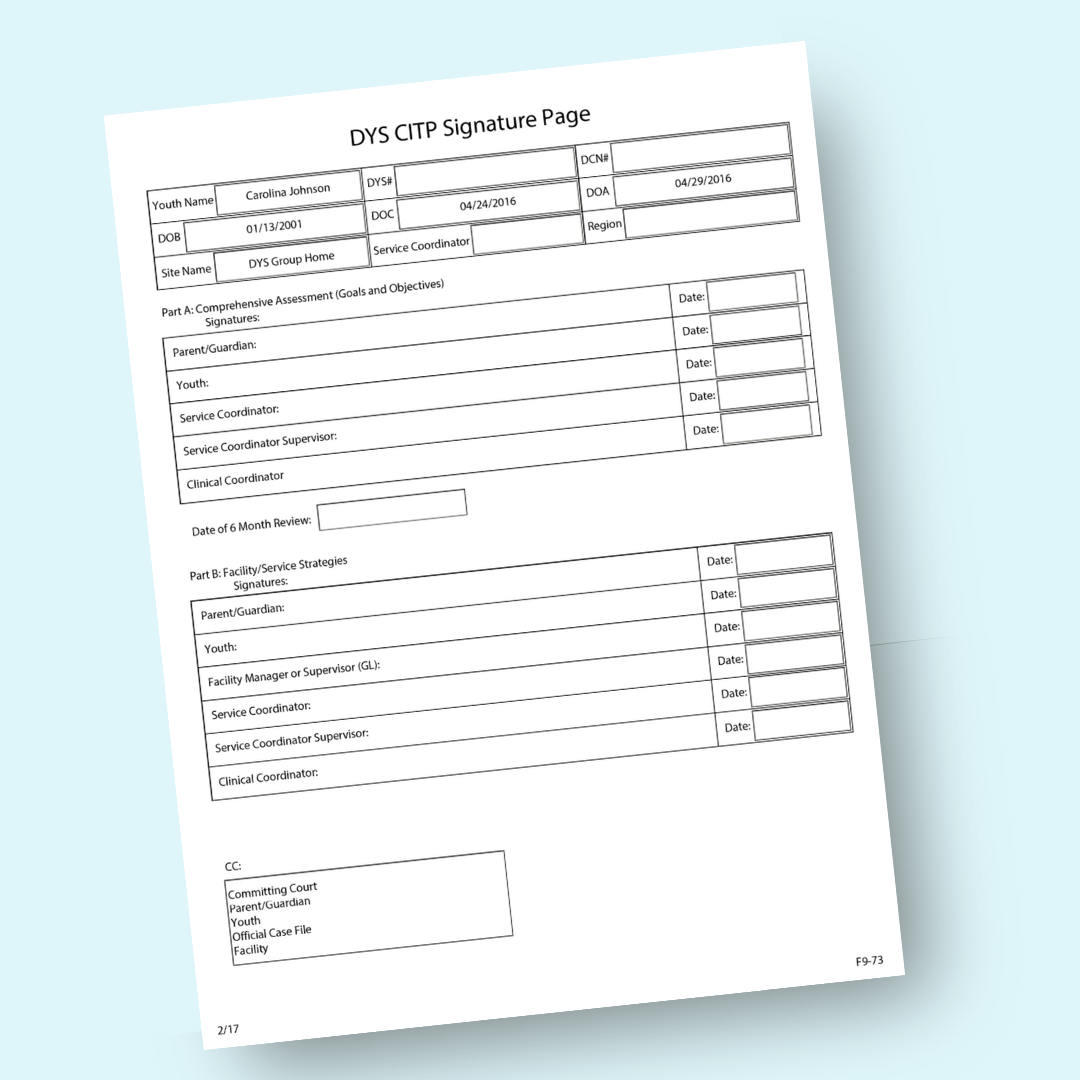
This is an example of an assessment, planning and treatment process for the juvenile justice process that embeds tradeoffs and supports wellbeing.
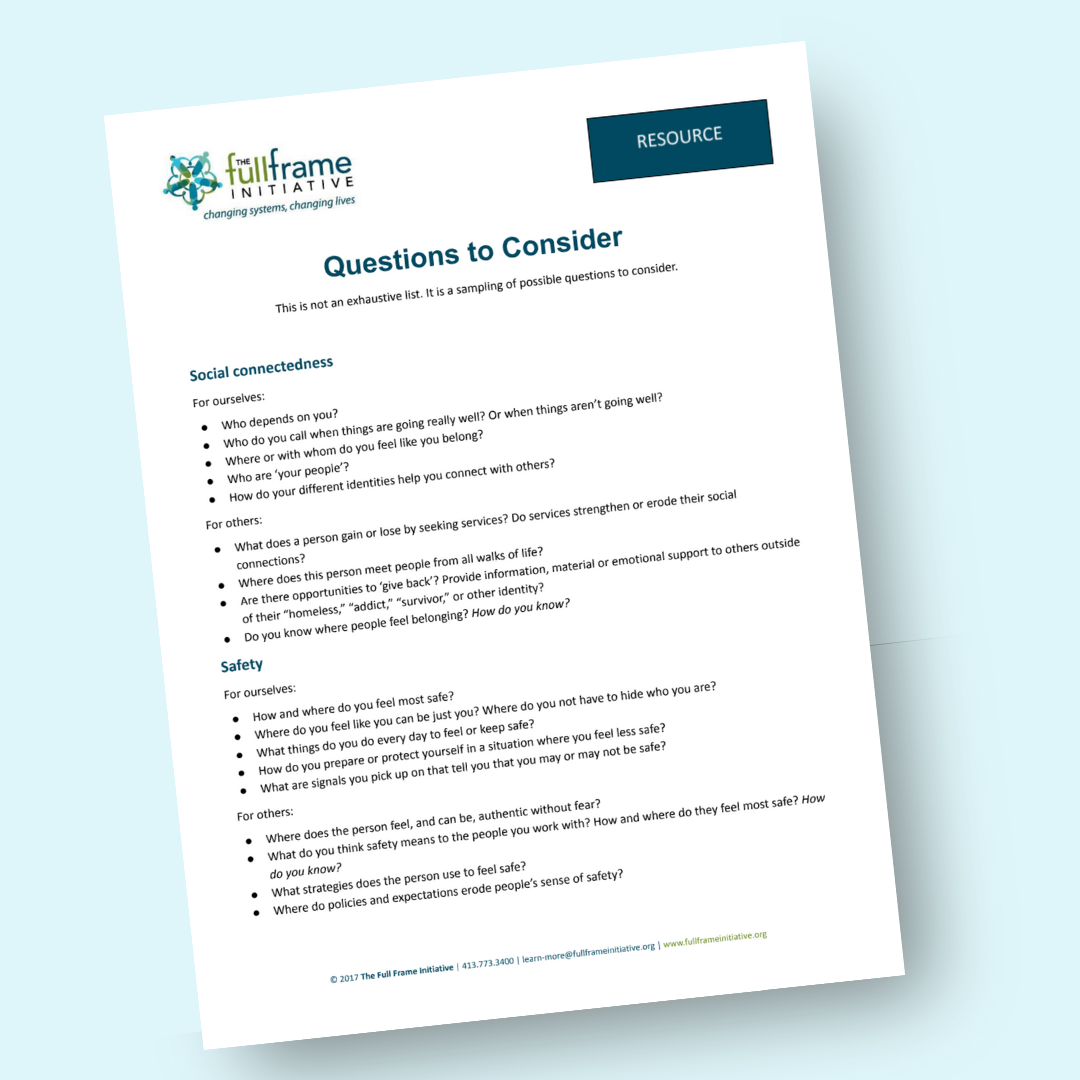
This list of questions for each of the Five Domains of Wellbeing is a starting point for individuals to understand themselves and what supports the wellbeing of others.
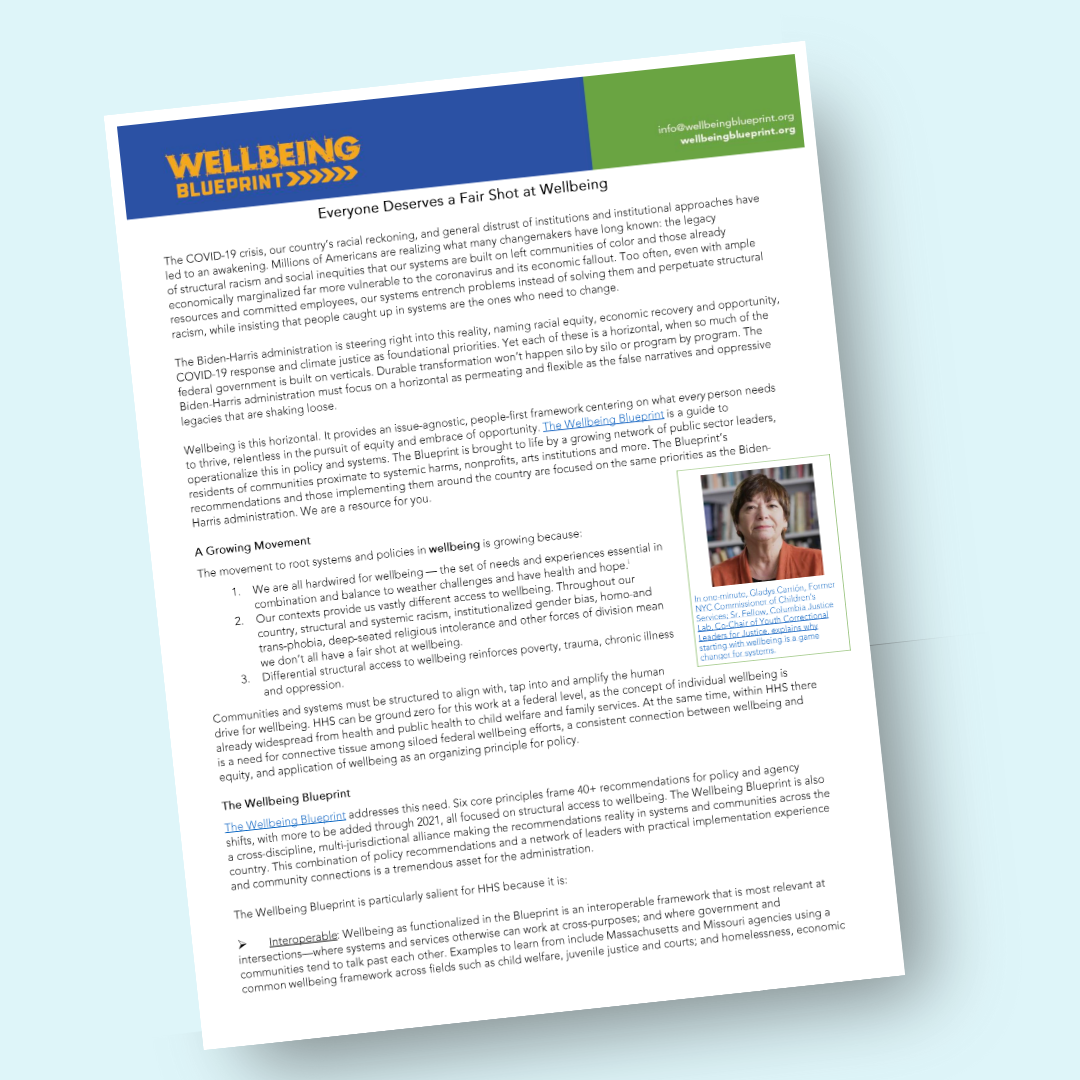
Overview of The Wellbeing Blueprint movement.